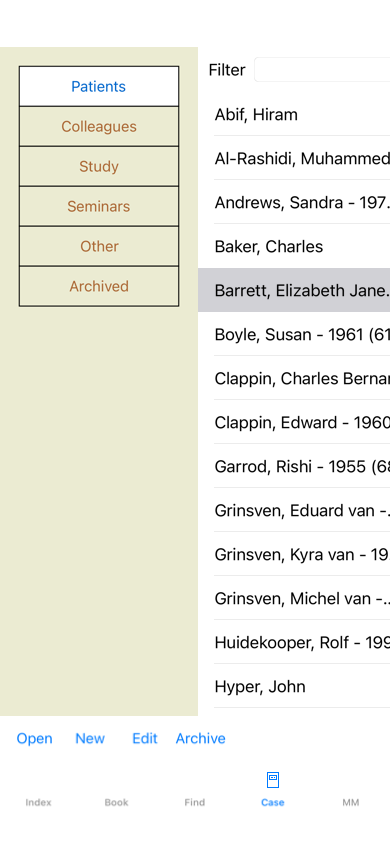

Content analysis according to Mayring is adapted to suit the homeopathic qualitative analysis procedure. The number of symptoms will be quantitatively analysed on an intention-to-treat basis using ANCOVA with the subject's expectation and baseline values as covariates. Secondary outcome parameters are qualitative differences in profiles of characteristic and proving symptoms and the total number of all proving symptoms.

The primary outcome parameter is the number of specific symptoms that characterise the intervention compared to the placebo after a period of three weeks. Subjects document the symptoms they experience in a semi-structured online diary. The placebo consists of an optically identical carrier substance (sucrose globules). The intervention is a highly diluted homeopathic drug (potency C12 = 10 24), Dose: 5 globules taken 5 times per day over a maximum period of 5 days. Subjects, investigators and the statisticians are blinded from the allocation to the study arm and from the identity of the homeopathic drug. The study consists of a seven day run-in period, a five day intervention period and a 16 day post-intervention observation period.
Complete dynamics homeopathy software trial#
Multi-centre, randomised, double-blind, placebo-controlled phase 1 trial with 30 healthy volunteers.


 0 kommentar(er)
0 kommentar(er)
